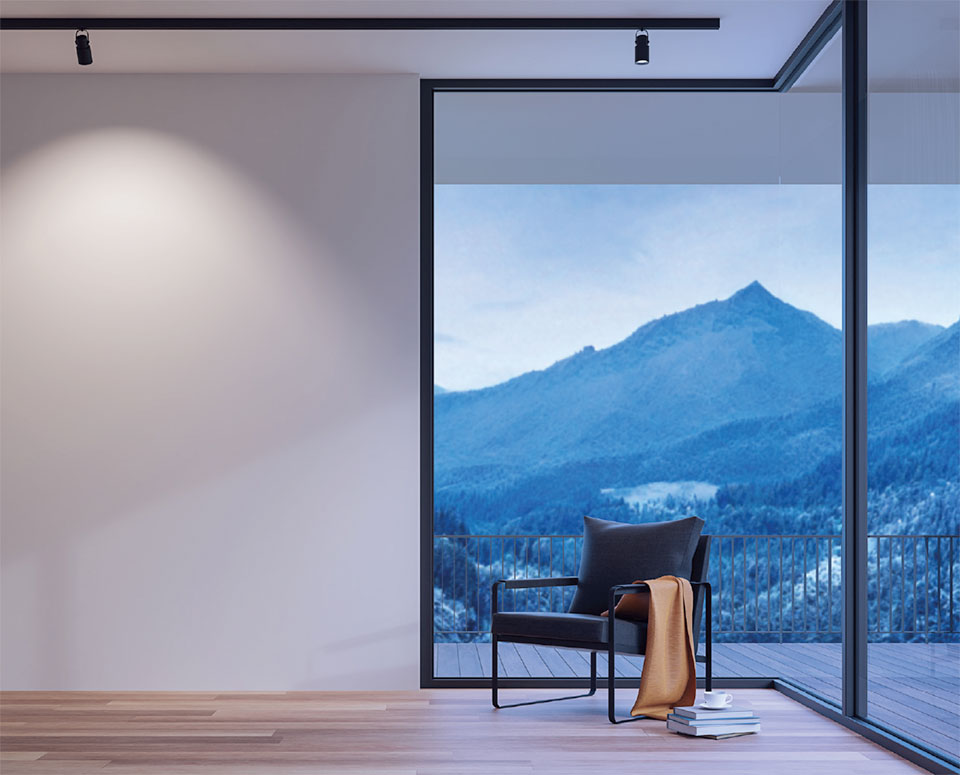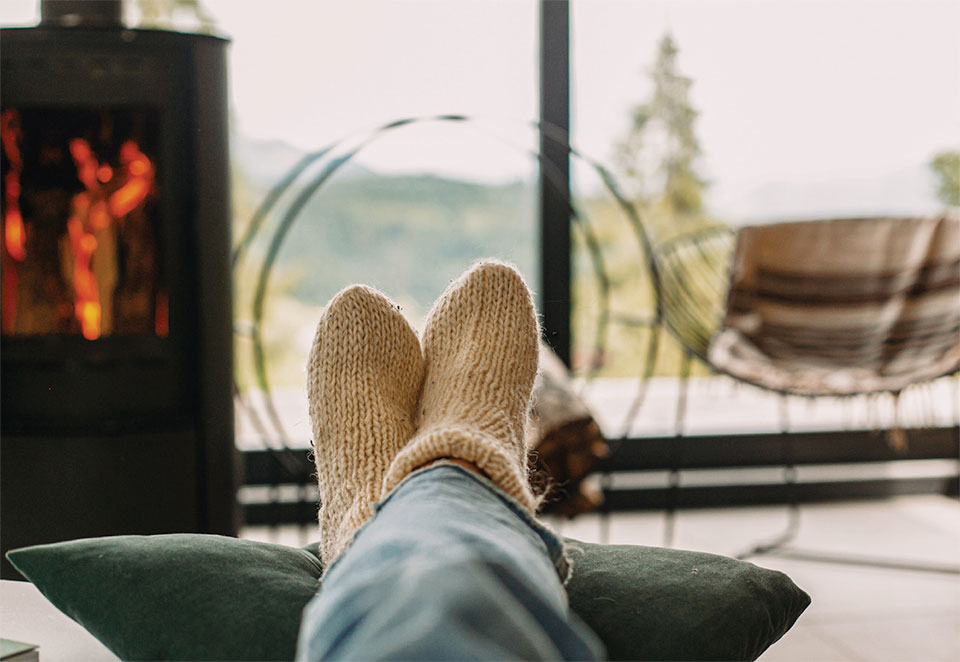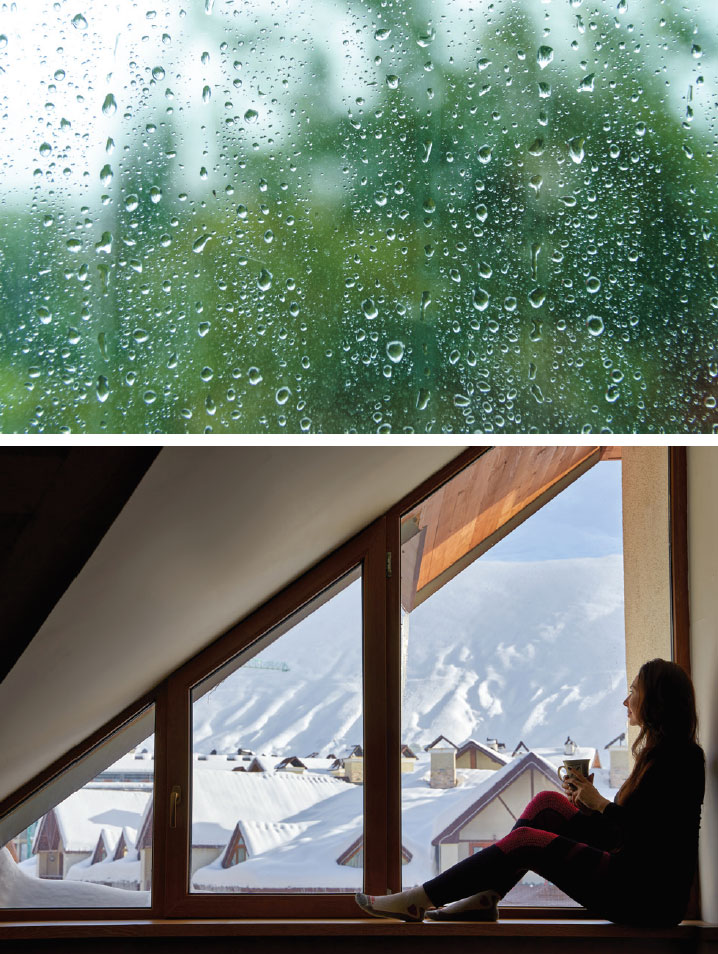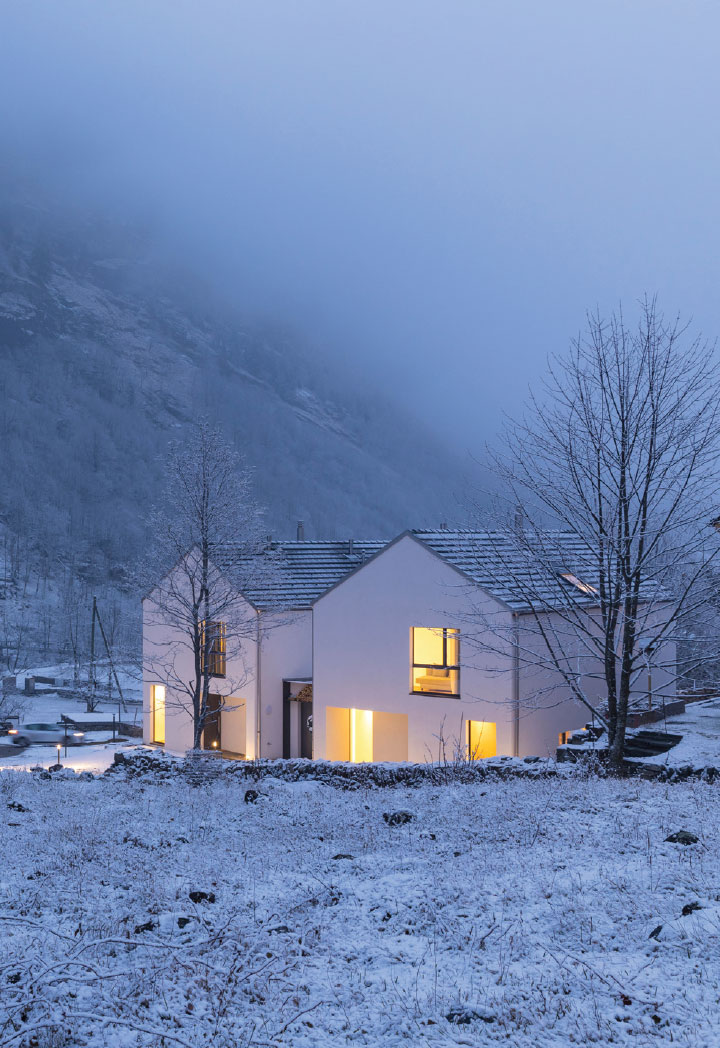Leed. Passive house. Net zero.
by Cassidy Mantor
Which certification is right for you?
Sustainability is not just a buzzword; it is a necessary consideration for responsible living in the modern era. With our population expanding and the number of residents rising, we are at a tipping point where we cannot afford to ignore the impact that our choices have on the environment. After all, the landscape is what draws many to our mountain towns. We care deeply about the natural world and part of taking care of it is learning what choices we can make to reduce our impact – so we can continue to share it with our families and future generations.

The building industry has several popular designations including LEED, Passive House, and Net Zero. Although they vary widely in scope and execution, the goal of these programs is to increase sustainability and decrease energy consumption. These terms are often used by builders, architects, and designers, and so we wanted to compare them and examine their differences to help you decide which certification you may want to pursue when building or remodeling your mountain home.
LEED
LEED stands for Leadership in Energy and Environmental Design and is the most widely used healthy building standard in the world. Credits are given that go toward Silver, Gold, or Platinum certification. A building is given credits in categories including location and proximity to transportation, site sustainability, materials, indoor environmental quality, and innovation in design. Interior designers can also be LEED-certified and will use green principles and products within the building envelope such as furniture and appliances that facilitate a more sustainable daily lifestyle.

LEED certification is awarded by the U.S. Green Building Council (USGBC), which is based in Washington D.C. Of the three classifications, it has the widest scope. According to the USGBC, LEED buildings have better air quality, which reduces respiratory allergens, depression, and stress. Paints, rainwater management, electric vehicle charging stations and bike accessibility, and energy use are examples of the components that gain LEED credits. LEED buildings on average use 20%-30% less energy and command higher resale prices.
PASSIVE HOUSE

Passive House certification ensures a high-performance home that requires less additional heating or cooling and less energy use overall. While LEED focuses on the context and holistic environment in which the home is built, Passive House focuses more on how the home is constructed. Many Passive House-certified homes will meet or exceed LEED standards.
The Passive House idea stems from Germany when it was first used in the 1990s. Characteristics of a passive house include heavy insulation, air-tight highly efficient envelopes that keep heat in during the winter, passive solar use with overhangs that block the sun in the summer, and high-performance ventilation systems that filter in superior air. The goal of a Passive House is to build in the best way possible for the climate. These homes eliminate thermal bridges between inside and outside and measure heat loss and heat generation so that the home is always quite comfortable.
NET ZERO

Net Zero homes aim to neutralize energy use by relying on clean, renewable resources, such as solar power and geothermal heat, to produce energy equal to or greater than what’s used in the house year-round. Net Zero homes can be fully off-grid and can also sell excess solar power they generate to the grid. They are also referred to as Carbon Neutrality or Zero Carbon homes and are usually high-performance homes that would meet the Passive House standard.
While Passive House and LEED are certification programs, Net Zero is more of a philosophy governed by global concern for climate change. A Pew Research Center study from last year reported that 72% of respondents from 17 countries were concerned about how climate change was going to directly affect them. Approximately 80% were willing to change their lifestyles significantly to offset their environmental impact. Closer to home, the Jackson Town Council passed a Net Zero 2030 Resolution to reduce carbon emissions to net zero in the next decade.
